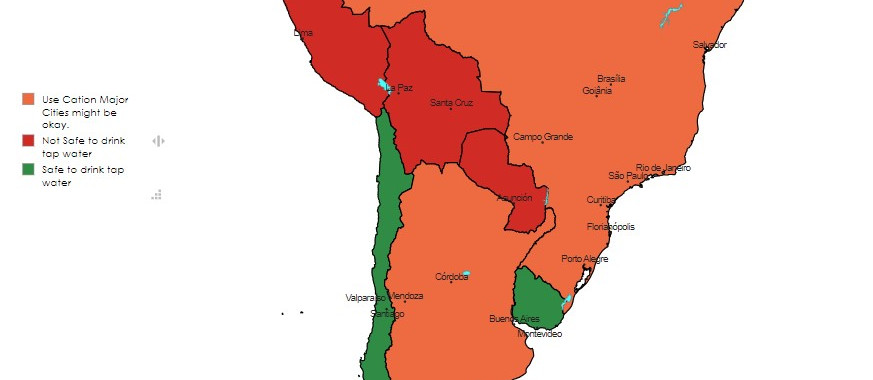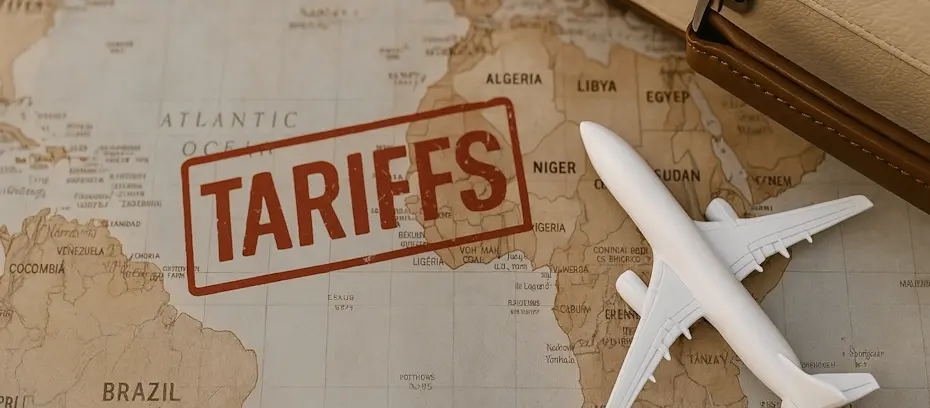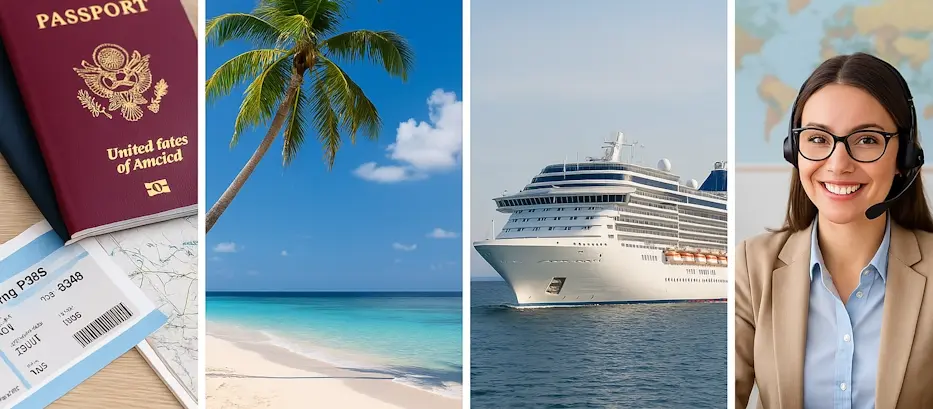Don’t Drink the Water! Essential Travel Tips for Water Safety Abroad
- Darian Abraham
- Sep 18, 2024
- 4 min read
Updated: Mar 15

You've landed in your dream destination, excited to explore, only to be sidelined by something as simple as drinking tap water. Whether you're trekking through the mountains of Peru or wandering the streets of India, knowing where it's safe to drink water can be the difference between a great trip and a nightmare. In some countries, tap water carries hidden dangers—from bacteria and parasites to harmful chemicals—making bottled water your best travel companion.
Avoid Hidden Health Risks: Water Safety in Africa:
Sub-Saharan Africa: Ethiopia, Kenya, Nigeria, Ghana, Uganda.North Africa: Egypt, Morocco.
Why: Across much of Africa, particularly in Sub-Saharan and North Africa, the water systems are outdated or underdeveloped. This can lead to water contamination with harmful bacteria, parasites, and pollutants. Even in cities like Nairobi and Cairo, inconsistent treatment means tap water isn’t always safe to drink. In rural areas, the lack of proper sanitation worsens the risk. Bottled water is the safest option.
Asia: Stay Cautious, Even in Luxury:
India and Southeast Asia: India, Nepal, Cambodia, Laos, Vietnam, Indonesia (including Bali).China (outside of Hong Kong and Macau).
Why: In countries like India, Nepal, and Cambodia, tap water is often untreated or only partially treated. This means it can carry harmful bacteria, industrial pollutants, and parasites. Even in China, especially in rural areas, water treatment can be inconsistent, with risks from heavy metals or chemicals. Travelers should always opt for bottled water.
Don’t Drink the Water! Essential Travel Tips for Water Safety Abroad
Personal Experience: During our trip to India, my wife and I were careful to drink only bottled water, thinking we were doing everything right. But after enjoying drinks at a five-star hotel, we realized they had used ice made from tap water. Unfortunately, we both got very sick afterward—luckily only on our way back home and not during our flight. This experience taught us that even in high-end establishments, you need to be cautious about the source of ice and water in drinks.
Drink Safe or Risk Regret: Water Safety in Latin America:
Central America: Mexico, Honduras, Guatemala, Costa Rica, El Salvador, Nicaragua.South America: Peru, Bolivia, Ecuador, Venezuela, parts of Argentina, and Brazil.
Why: Tap water in many parts of Latin America, including popular destinations like Mexico and Peru, often contains harmful bacteria, viruses, and parasites. Even in urban areas, aging infrastructure and inconsistent regulations increase contamination risks. In Mexico, for example, waterborne illnesses are common, making bottled water the safest option for travelers throughout the region.
Don't Let Your Adventure in Eastern Europe Go South:
Countries: Ukraine, Moldova, Albania, Bosnia and Herzegovina, Kosovo, Russia.
Why: Many Eastern European countries, including Ukraine and Moldova, have aging infrastructure that results in contaminated tap water. Even in Russia, despite technological advancements, the water in cities like Moscow can still carry bacteria or pollutants. This issue worsens in smaller cities and rural areas, where water treatment systems are less developed. Bottled water is strongly recommended throughout the region.
Stay Smart About Water in the Middle East:
Countries: Iraq, Jordan, Lebanon, Syria, Yemen.
Why: The Middle East, particularly in countries like Iraq and Syria, suffers from compromised water quality due to damaged infrastructure and conflict. Even in urban areas, water treatment systems are often outdated or not reliable. Travelers should avoid tap water and opt for bottled water, even in seemingly safe areas.
Keep Cool Without the Risk: Water in the Caribbean:
Countries: Haiti, Dominican Republic, parts of the Bahamas.
Why: Water contamination is common in areas like Haiti and the Dominican Republic, where inconsistent treatment leads to unsafe tap water. On smaller islands and rural parts of the Bahamas, water systems may not be developed enough to prevent bacterial contamination. Stick to bottled water in these areas to avoid health risks.
Map of safe water to drink tap water! Safe in Green,
Caution (Major Cities/Tourist areas are generally safe) in Orange
Generally not safe in Red


Quick Travel Tips: Stay Water-Savvy!
LifeStraw to the Rescue: In places like India or Peru, a LifeStraw can save the day when bottled water isn’t an option. Just sip, filter, and stay safe!
Ice, Ice, Caution: Even when drinking bottled water, beware of ice made from tap water. Always check before sipping those chilled drinks!
DIY Purification: Don’t have a filter? Boil water for at least one minute to kill harmful bacteria—an eco-friendly, budget-savvy backup.
Cultural Hydration: In Morocco, tea is a safe and delicious way to stay hydrated, thanks to boiling water. Plus, you get to enjoy the local culture!
Hydration Hero: Invest in a reusable water bottle with a built-in filter—perfect for eco-conscious travelers looking to reduce plastic waste.
Travel is meant to be an adventure, but something as small as a glass of water can derail your plans. With a little caution—like packing a LifeStraw or sticking to bottled water—you can avoid unnecessary health risks. Stay hydrated, stay happy, and may your travels be filled with safe sips and unforgettable memories!
Disclaimer: The information in this post is for general informational purposes only. While efforts are made to ensure the accuracy of the information, water safety conditions can change and vary by location. Always consult local resources and health officials for the most up-to-date water safety advice.





















Comments